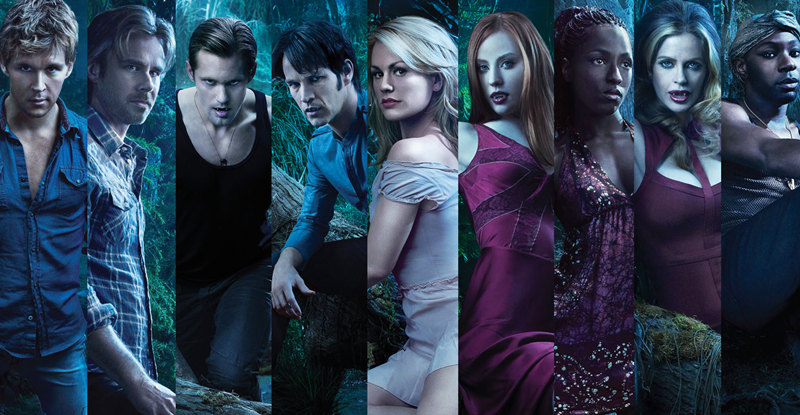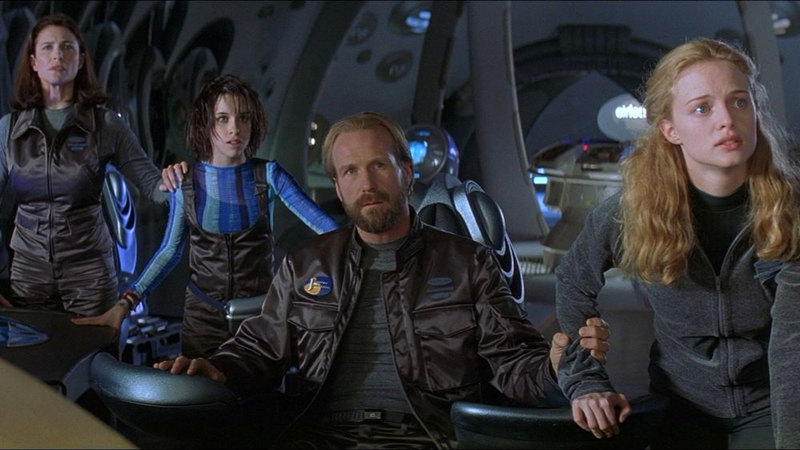The opening credits of Kenji Mizoguchi’s “Sansho the Bailiff” (1954) informed viewers that the 11th century-set film took place in “an era when mankind had not yet awakened as human beings.” Mizoguchi’s “The Life of Oharu” (1952) is set six centuries later and not only does humanity remain fast asleep, they’re all still stumbling through the same shared nightmare.
Oharu’s world is every bit as predatory as Sansho’s. A rigid caste system situates most people as property with women as the most frequently exchanged commodity. Human rights remain a concept for future generations to discover. The slightest sign of weakness is a signal to pounce. Anyone with an iota of authority will abuse it. And any faint sign of hope in the life of Oharu blazes a path directly to the next crushing disappointment.
Mizoguchi might toy with his heroine’s hopes, but he clues the viewer in immediately. In the opening scene, a dispirited Oharu (long-time Mizoguchi muse Kinuyo Tanaka) wanders the streets as an aging prostitute who has to hustle for business she doesn’t even want. A brief vision in a temple cues the flashback that shows us where it all went wrong.
The young Oharu is a proud lady of the court who initially rebuffs the amorous advances of the lowly page Katsunosuke (a handsome young devil by the name of Toshiro Mifune), but is soon won over by the dreamer who believes in the redeeming power of true love. It’s her first mistake and one that irrevocably seals her fate. Once the unsanctioned tryst is discovered, the local authorities respond by exiling Oharu and her family and executing her suitor because that’s just the sort of thing you do in the name of decency.
The story, scripted by Yoshikita Yoda from a novel by Saikaku Ihara, plays out like a sick joke at times. Each time the suffering heroine appears to have reached a low, a new opportunity promises her solace, a brief refuge, and just at the moment she begins to believe, the rug is yanked out from under her yet again, mostly due to the ceaseless cruelty of her various masters (a greedy father, a cutthroat royal court, a vain and jealous housewife) or of a world that inevitably destroys the few decent souls who have somehow withstood its deforming influence.
Nobody does suffering innocence as well as Kinuyo Tanaka, though Oharu should not be mistaken for a total naif. She knows the score and employs the few tools at her disposal to resist, but the opposition is too fierce. Oharu can only endure, and the viewer must endure along with her. “Life of Oharu” could easily become a sadistic exploitation trip in the hands of a lesser filmmaker; Mizoguchi’s precise technique yields something profound instead.
In one of the most famous scenes in the film, Oharu’s mother hands her young daughter a message with Katsunosuke’s final words. Seated in a sparsely furnished room, Oharu takes the letter and turns ninety degrees from her mother so that her face is obscured by hanging decorations as she reads it. Not only does Mizoguchi refuse a close-up (a shot he rarely employed), he doesn’t even show his star actress’s very expressive face at this crucial juncture. He also does not call our attention to the knife Oharu lunges for as she races out of the room. Outside, the camera pulls farther back and ever higher (Mizoguchi loved filming from atop a crane) as the mother races after her daughter, trying to prevent her from joining her lover.
The camera’s distance can be perceived as a sign of propriety, not wallowing in Oharu’s grief by violating her personal space, or as an indication of cool detachment, observation from an impartial god’s eye perspective. Perhaps Mizoguchi wishes to remind us that this personal tragedy plays out on a grand stage, reminding us of the weight of a hateful world massing on one woman’s shoulders. Certainly the director was giving his gifted and intensely physical actress the necessary space to convey an overwhelming sense of loss with her entire body.
A close-up of giant tears streaming down a beautiful woman’s face would be a valid choice. Dreyer made it work with Maria Falconetti. But this gradually unfolding long shot encourages a reaction more complicated than pathos. We can’t just cry along with Oharu. Her world doesn’t allow the time or space for sorrow; it will attack again and yet again and she must resist every moment just for the privilege of surviving another day. Joy, like sorrow, is out of the question. Her final fate is colder even than endless sadness. She will be forced to erase all emotion, abandon all aspiration, and when it’s all over we’re left to wonder if that might be the closest thing to a victory that Oharu could ever have salvaged from such a heavily rigged game.
Video:
The film is presented in its original 1.37:1 aspect ratio. From the Criterion booklet: “This new high-definition digital transfer was… struck from the original camera negative, except for reel one, which was taken from a 35 mm duplicate negative, because that portion of the master positive has been lost. The restoration was performed by the Prasad Group, India, and the Criterion Collection.”
The 1080p transfer exhibits a fairly soft black-and-white contrast, not a lot of hard edges or stark gradations on the gray scale. The fine grain structure is very pleasing to look at and the overall level of image detail is satisfyingly sharp. It is not the most eye-popping of Criterion’s high-def transfers but it is very strong.
Audio:
The linear PCM Mono track has a slightly hollow sound that seems appropriate to the film. No damage or distortion is evident in dialogue or music. Optional English subtitles support the Japanese audio.
Extras:
I’ve been wondering for a while if full-length commentaries were going to disappear. I don’t know if this disc is a sign of anything to come, but it is interesting that the commentary track by film scholar Dudley Andrew only covers the first 28 minutes of the film.
Criterion has given Mr. Andrew a chance to expand his arguments in a 19 minute illustrated visual essay in which he discusses Mizoguchi’s fondness for 17th century art and literature and the significant differences between the source novel (a bawdy satire) and the film. He also points out that Mizoguchi, now remembered as a master, had fallen somewhat into disrepute after the war and that “The Life of Oharu,” released just four years before his death, was actually the film that provided his breakthrough to international critics. “Oharu” won an award at Venice in 1952 and made him a darling of the then-emerging “Cahiers du cinema” critics.
Criterion has also included “The Travels of Kinuyo Tanaka” (31 min.), a 2009 film by director Koko Kajiyama. Using archival footage, the documentary recounts Tanaka’s 1949 good will tour of America, a publicity event that drew much criticism in the Japanese press. Tanaka traveled to the States as an “envoy for the arts” but many were not happy with her public performance act in the home of the occupying force.
The 20-page insert booklet features an essay by film scholar Gilberto Perez.
Film Value:
Mizoguchi died of leukemia in 1956 at the age of 58. It would seem that his international breakthrough arrived cruelly late, but he took full advantage of his final years, even in poor health, to produce an extraordinary string of late masterpieces, including “Sansho the Bailiff” and “Ugetsu” (1953). “Life of Oharu” may or may not rank on quite the level of those signature achievements, but it is impressive by any measure. Criterion hasn’t included as many extras as we would prefer, but the high-def transfer is strong and the overall package makes this a welcome addition to the Criterion Collection. Strongly recommended.


